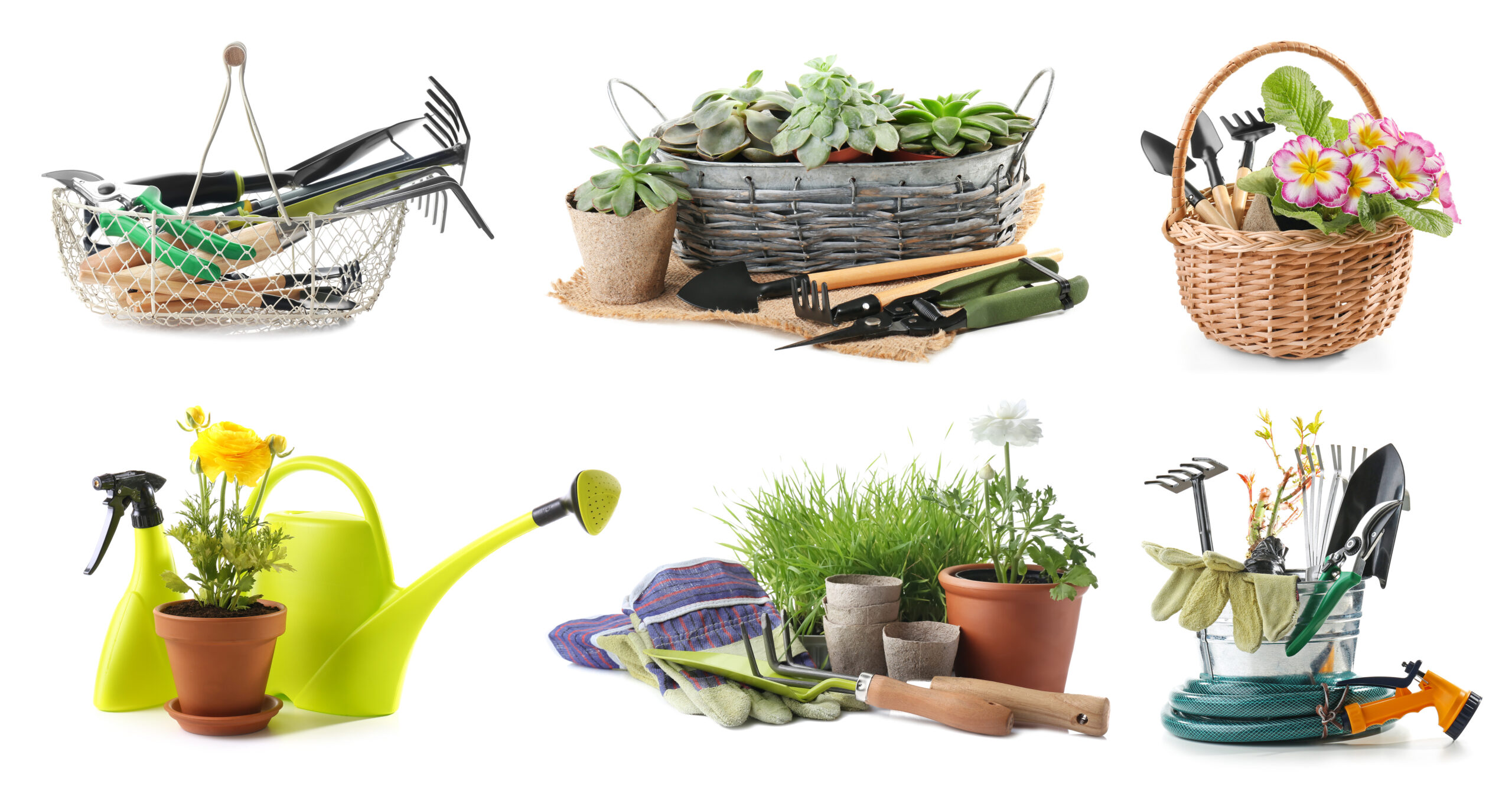
Discovering the Joy of Growing Herbs Indoors
Growing herbs indoors offers a delightful and practical way to bring a touch of nature into your home. Not only do they provide fresh flavors for cooking right at your fingertips, but they also add greenery and fragrance to your living space. Many herbs are easy to grow in a kitchen window, requiring only basic care and attention. Starting an indoor herb garden can be a rewarding endeavor for gardeners of all levels.
Selecting the Right Herbs
When choosing herbs for your kitchen window, consider those that thrive in indoor conditions and have culinary uses you enjoy. Basil, chives, parsley, cilantro, and mint are all excellent choices for beginners. These herbs prefer plenty of sunlight, so a south-facing window is ideal. However, they can also adapt to east or west-facing windows with sufficient light. Each herb has its unique growth habits and care requirements, but with a little attention, you can have a diverse and aromatic herb garden growing right in your kitchen.
Potting and Soil Considerations
Good drainage is key to healthy herbs, so select pots with drainage holes and use a well-draining potting mix. Consider adding a layer of gravel at the bottom of each pot to enhance drainage further. While many herbs prefer a general-purpose potting soil, some, like rosemary and thyme, thrive in slightly more sandy soil, mimicking their natural Mediterranean habitat. Regularly repotting your herbs can also promote healthy growth by giving them more space and fresh soil.
Watering Wisely
Herbs generally prefer to be kept on the drier side, making overwatering a common mistake. Allow the soil to dry out somewhat between waterings, and then water thoroughly, ensuring excess water can drain away. The finger test—inserting your finger into the soil up to the first knuckle to check for moisture—is a simple and effective way to determine when your herbs need water. Signs of over or underwatering include yellowing leaves, wilting, and stunted growth.
Providing Adequate Light
Herbs need plenty of light to grow and develop their full flavors. A sunny kitchen window that receives at least six hours of direct sunlight daily is ideal. If natural light is insufficient, especially during the winter months, consider supplementing with a grow light. Placing your herbs under a grow light for 12-16 hours a day can mimic the benefits of natural sunlight, ensuring your herbs continue to thrive.
Fertilizing for Flavor and Growth
While herbs don’t require heavy fertilization, a light application of a balanced, organic liquid fertilizer every 4-6 weeks during the growing season can support their growth and flavor development. Be cautious not to overfertilize, as this can lead to lush foliage with diluted flavor. Organic options like compost tea or fish emulsion are excellent choices for feeding your herbs.
Pruning and Harvesting
Regular pruning and harvesting encourage bushier growth and prevent herbs from becoming leggy or flowering too early, which can affect flavor. Always use clean, sharp scissors or pruning shears, and never remove more than one-third of the plant at a time. This practice keeps your herbs productive and ensures a steady supply of fresh leaves for your culinary creations.
Enjoying and Sharing Your Harvest
The ultimate reward of growing herbs is the pleasure of using them in your cooking. Fresh herbs can elevate simple dishes with vibrant flavors and aromas. Consider drying or freezing any excess for later use, ensuring you have a supply of homegrown herbs year-round. Sharing your harvest with friends and family can also spread the joy of gardening and the taste of fresh, homegrown flavors.
Starting an easy-to-grow herb garden in your kitchen window is a simple way to enhance your cooking and bring life to your home. With minimal care and the right conditions, you can enjoy the bounty and beauty of fresh herbs throughout the year.



